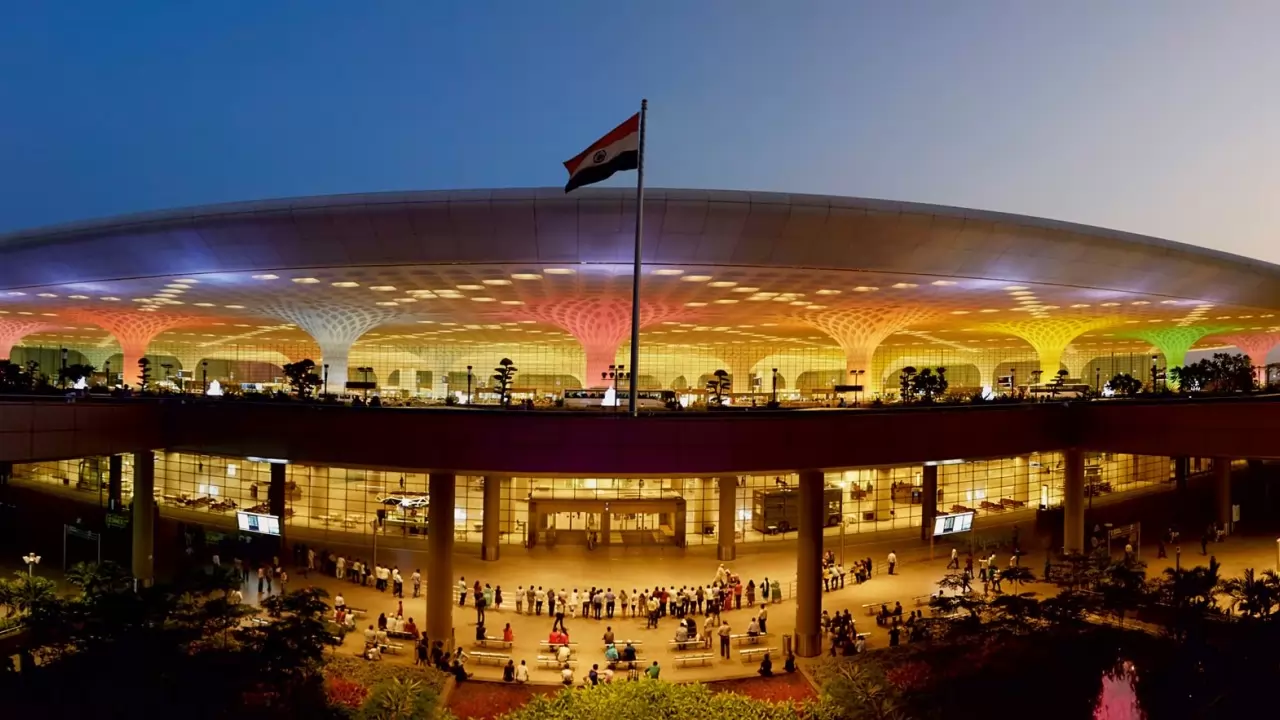
Mumbai Airport
Plans are underway to transform Mumbai into India's inaugural "tri-service common defence station," a pivotal move by the Armed Forces towards achieving unified operations among the Army, Navy, and Indian Air Force (IAF). This strategic initiative aims to foster jointness among the armed services, heralding a new era of integrated theatre commands.
Top military officials are engaged in discussions to finalise Mumbai's transition into the pioneering tri-service hub. A decision on this transformation is imminent, marking a significant milestone in India's military infrastructure development.
Presently, India lacks common defence stations, with the Andaman and Nicobar command being the sole tri-service entity established in 2001. Recognising the imperative for synergy among the armed forces, recent measures such as inter-service postings have been introduced.
The concept of a common defence station envisages amalgamating all Army, Navy, and IAF facilities, encompassing logistics, infrastructure, maintenance, and supplies. This integration aims to streamline operations under a unified command structure, with the Navy poised to lead in Mumbai, owing to its predominant presence.
Currently, disparate wings of the three services operate independently across Mumbai and its environs. The proposed plan seeks to consolidate logistics, infrastructure, and administrative functions under a cohesive framework, enhancing operational efficiency.
Notable naval facilities like INS Hamla and INS Karanja, dedicated to logistics training and armament storage, respectively, will be optimised for joint usage. Similarly, Army ordnance depots, training areas, and IAF installations will be integrated to facilitate collaborative operations.
Integration will foster a seamless delivery system for essential supplies, standardise repair and maintenance procedures, and maximise resource utilisation. Shared infrastructure, including hospitals and training facilities, will promote cost-effectiveness and operational cohesion.
Following Mumbai's pioneering initiative, Sulur and Guwahati are earmarked as potential locations for subsequent tri-service hubs. Sulur is likely to be led by the IAF, while the Army is poised to take the lead in Guwahati, underscoring the multi-dimensional approach to defence modernisation.
The establishment of India's first tri-service defence hub in Mumbai heralds a paradigm shift in military strategy, fostering seamless collaboration and resource optimisation across the Army, Navy, and IAF. This strategic integration underscores India's commitment to bolstering its defence infrastructure and capabilities in the face of evolving security challenges.





Copyright © 2025 Top Indian News
